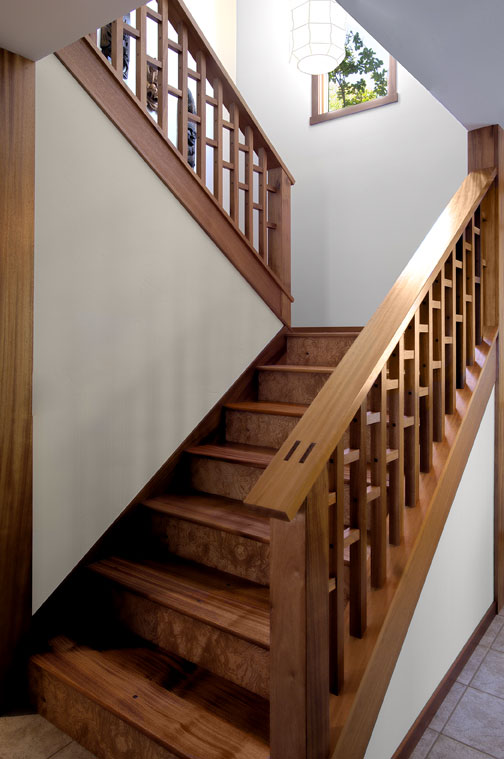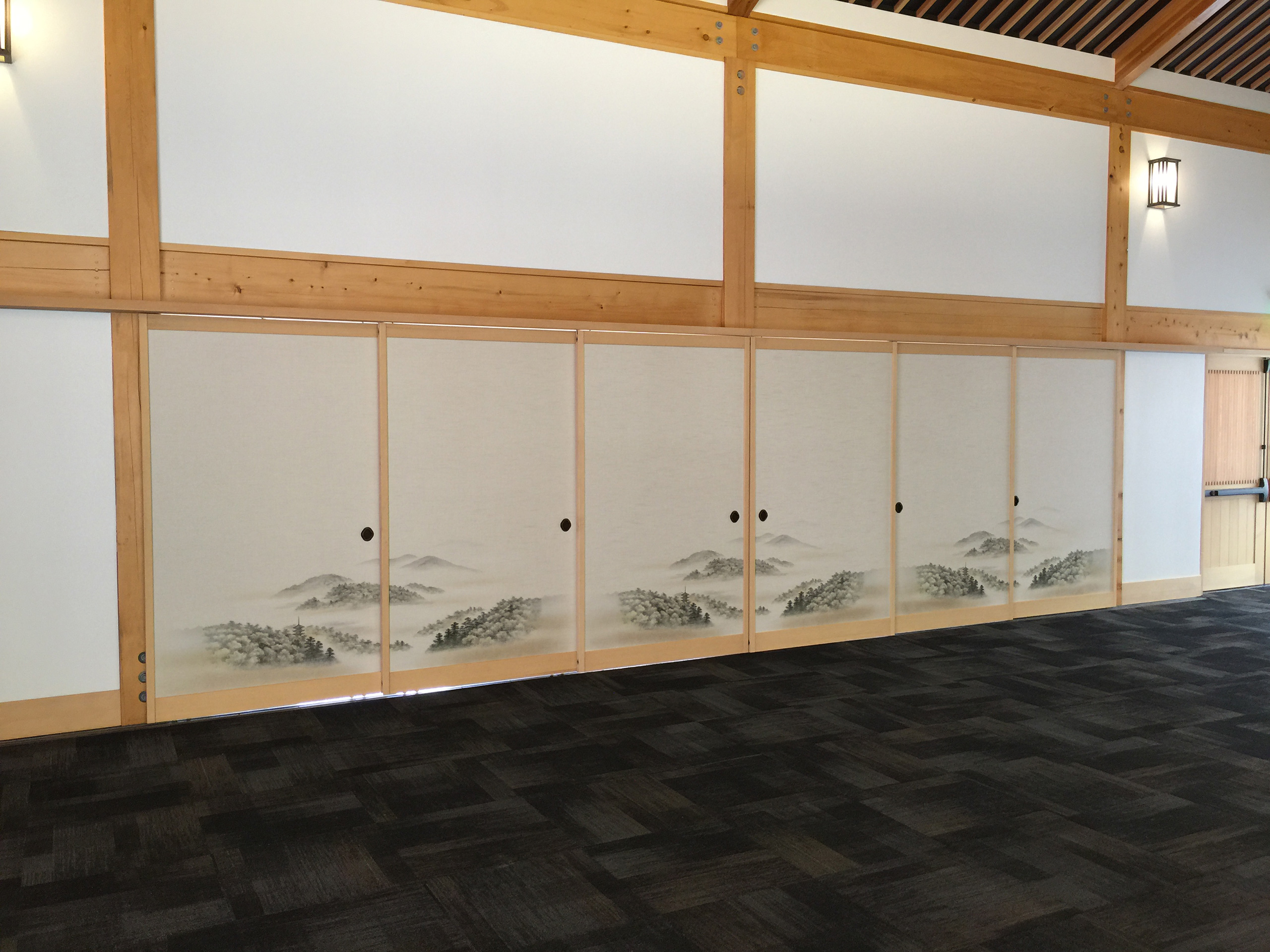CTT Furniture makes the finest Shoji Screens available using the very finest hand selected woods and specially imported “tear free” papers. The woods we recommend are Western Red Cedar and Alaskan Yellow Cedar, which are specially cut for vertical grain with very tight growth rings and are selected for color. These woods are exceptionaly strong and stable for their weight and the best materials for making Shoji Screens. We also use Douglas Fir, White Pine, Hemlock and Cypress; also cut for vertical grain.
CTT can produce Shoji Screens in rare and exotic wood veneers using engineered stiles and rails.
Each Shoji Screen is custom made for each order. This gives you the opportunity to choose the type of gridwork to express the pattern you feel best fits the space.
The best and most traditional way to use Shoji is with top and bottom sliding rails. We inset a hardwood strip into the bottom groove for better wear and action. The rails are custom made for each order, so special widths, lengths, threshold bevel cuts, side rails and unusual applications are no problem. Often the flooring material does not allow for the use of a bottom track, so CTT will custom design a top hanging track for your application.
We have the experience and knowledge for any requirements.
There are 2 typical types of Shoji.
The traditional method is a single grid with framing and the paper applied to one side. From inside the room, the grid side is visible, with just the paper and shadow of the grid visible from outside the house.
The western style is to have 2 identical gridworks with the paper sandwiched in the center. This is sometimes prefered for a more finished appearance from the back side.
The grid work or Kumiko is made from slender strips of cedar wood 1/4″ by 1/2″. Although these look very delicate and easy to break, they become quite strong when they are precision joined with half lap joints and the application of paper further serves to make a sheer, strong panel. An increase in the dimensions of the Kumiko only serves to make a heavier, sometimes clumsier feel. The surrounding framework also is quite light in dimensions, usually 1-1/4″ by 1-3/4″.
The Japanese concept of the Shoji depends on all parts working together, whereas the western idea of a door is to have a massive frame supporting the interior panels.
To view more Shoji Screens, see our Photo Gallery











